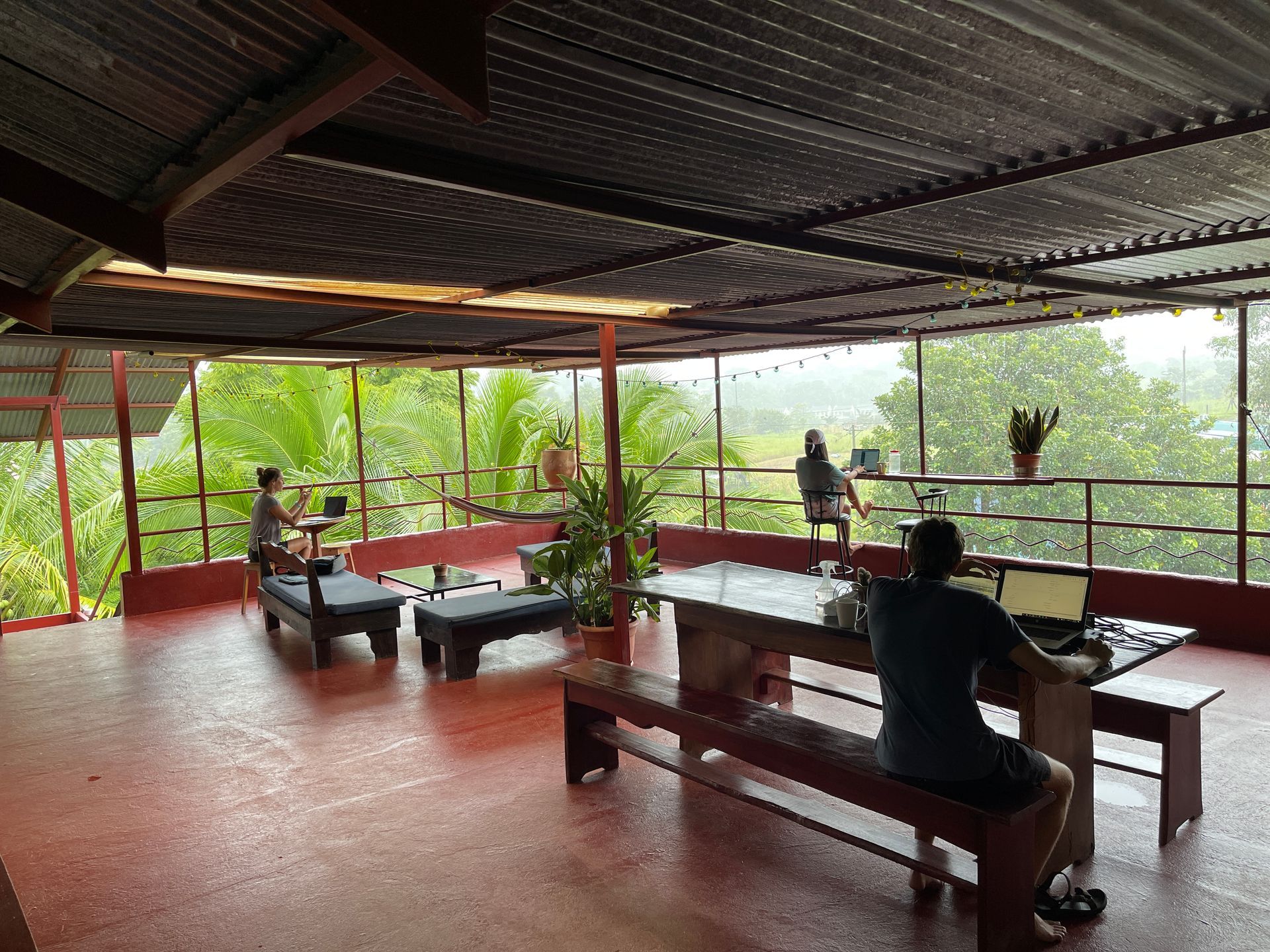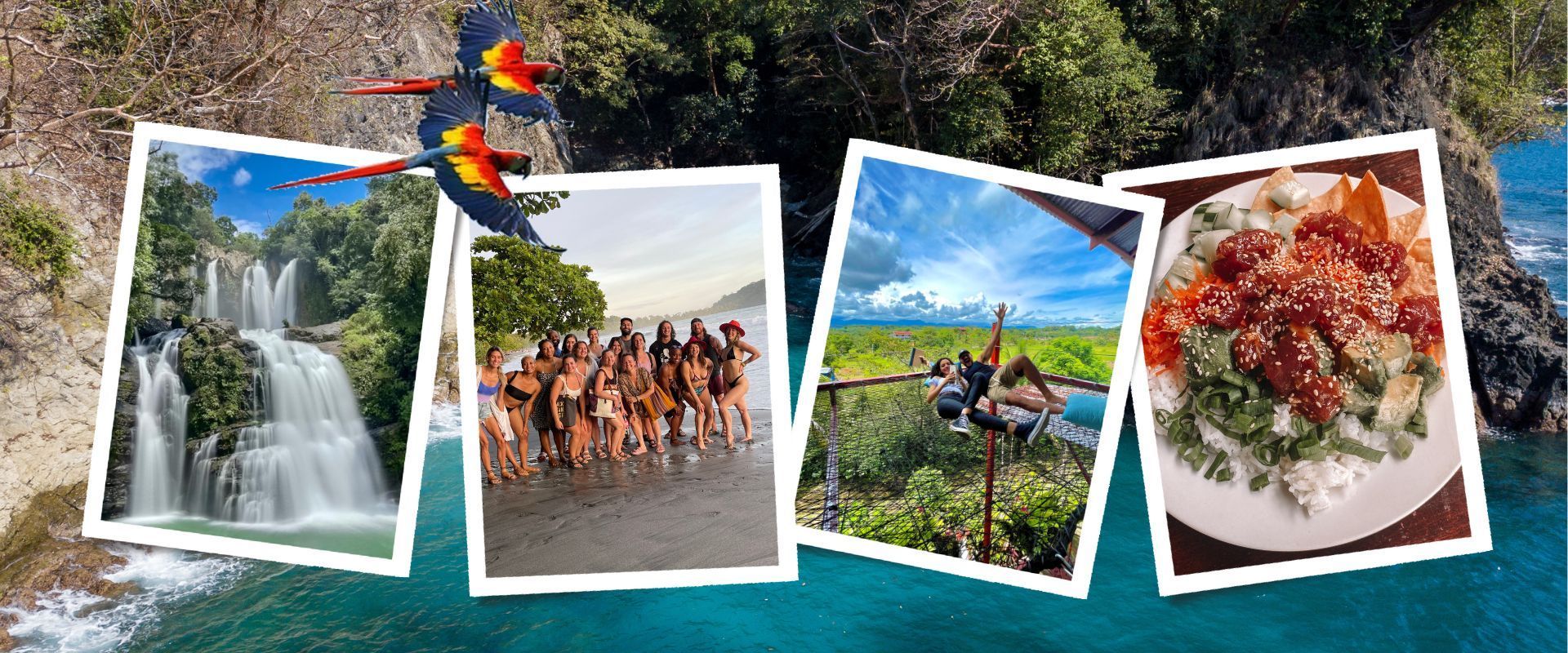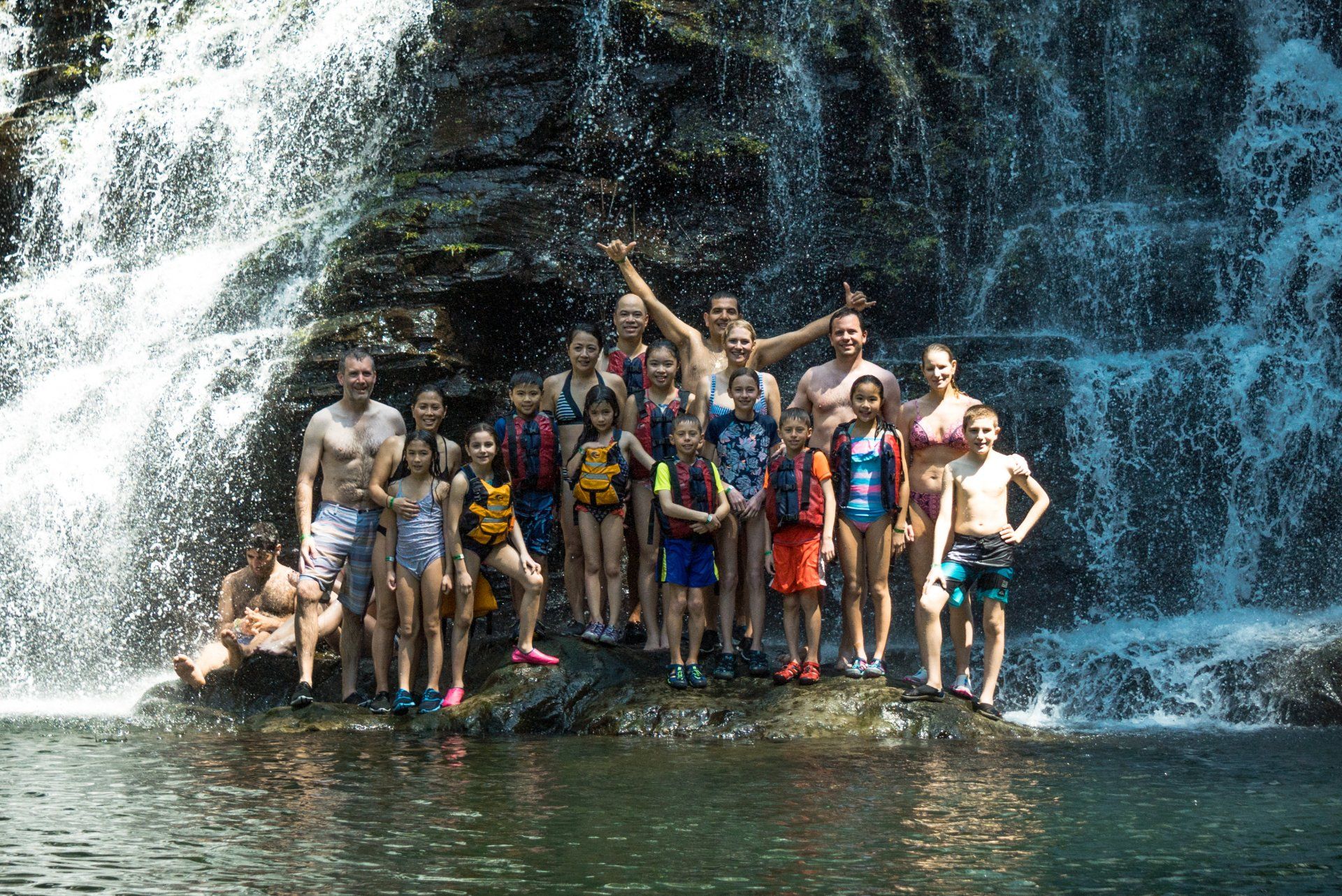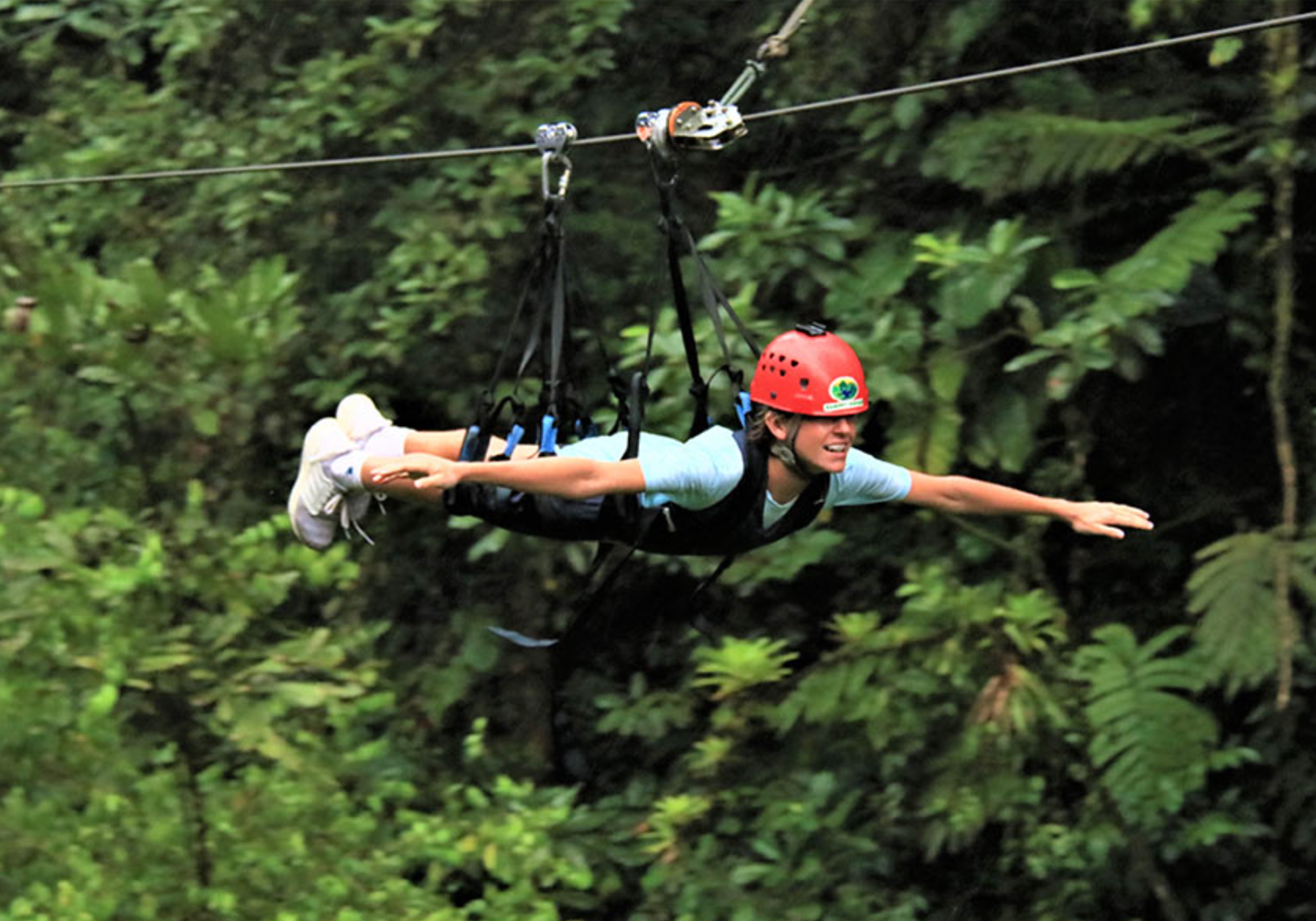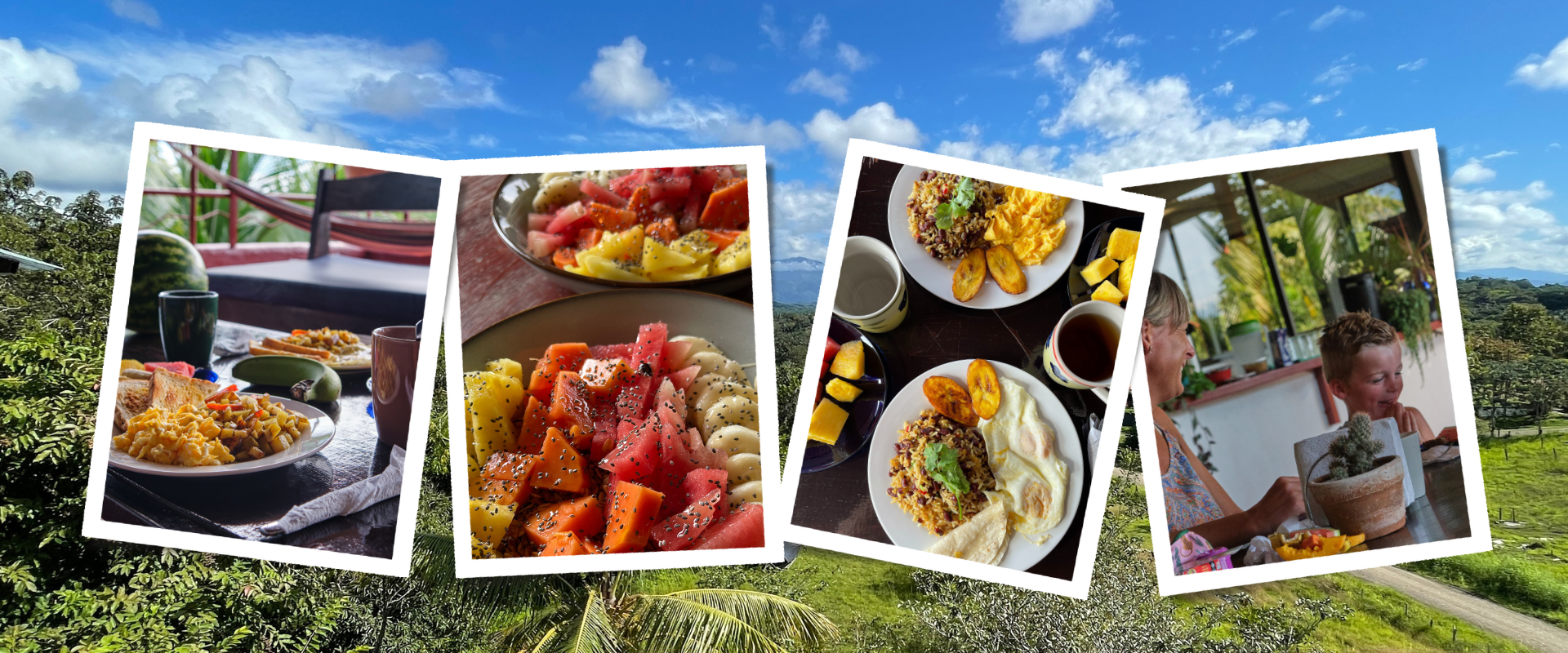General Information about Costa Rica
General information about Costa Rica - 5 things you should know before you go

Entry Requirements
For traveling to Costa Rica, you need to be in possession of a valid passport and a return ticket. It is also recommended to have your Hepatitis A and B vaccines, as well as rabies and tetanus. The government of Costa Rica also requires a yellow fever vaccination passport from travelers coming from countries in Africa and South America.
The tourist visa is valid for a period of a maximum of 90 days, if you wish to stay longer you should contact your consulate for the required visas.
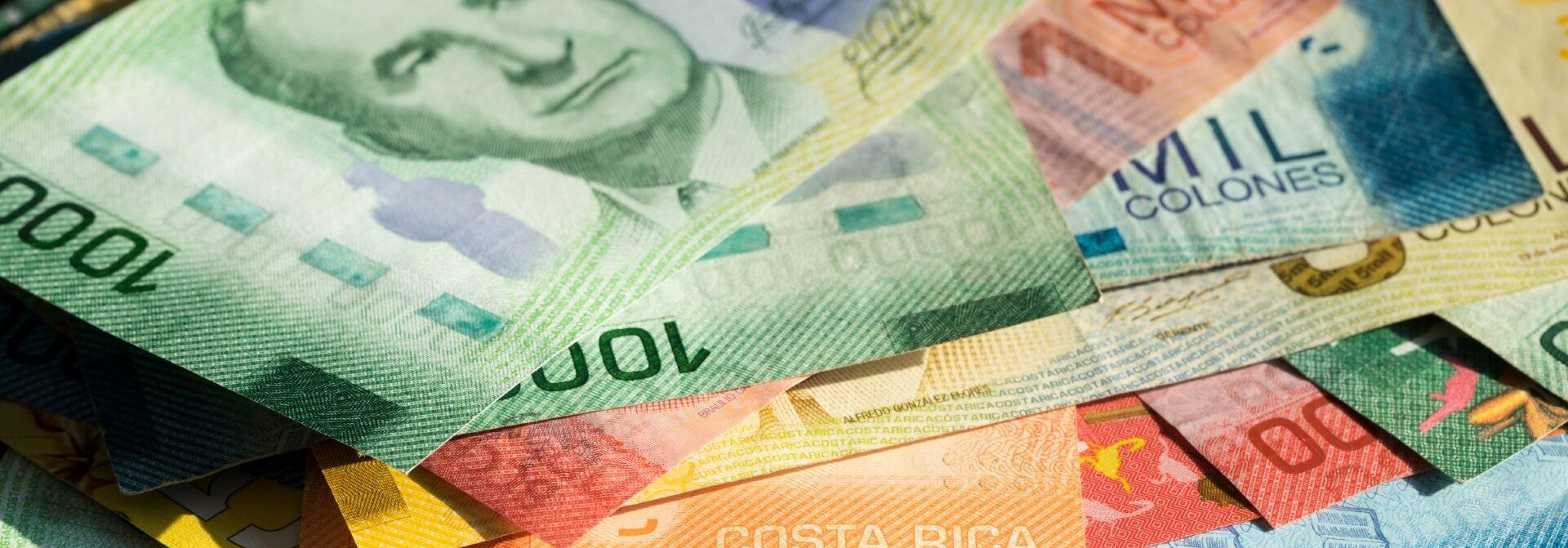
Currency
Costa Rica’s national currency is the Colón, but Dollars are widely accepted in touristic regions. 1 USD is the equivalent of 680 CRC. To avoid exchange fees, the best option is to pay in dollars whatever is priced in dollars. This will be mostly tours, shuttle services, hotels, and restaurants. However, if you are somewhere where the prices are specified in colons, it is best to pay in colons. These places are more local, like the farmer's market or supermarket. ATM fees cost between 1,500 to 2,000 colones, or higher in more touristic areas. The local bank will give you the most favorable exchange rates.

Weather
Costa Rica has 2 seasons, which are the dry ‘’summer’’ (verano) and rainy ‘’winter’’ (invierno). The dry season runs from December through April, with temperatures around 90s F (35 C). This is also the high season for tourism in Costa Rica. In the rainy season, which runs from May through November, temperatures reach highs of 82F (28 C) and lows of 72F (22 C). During these months you will normally see sunshine or clouds in the morning followed by rain in the afternoon and evenings. The rainiest months are September and October. The rainy season is the low season for tourists in Costa Rica, you can expect fewer crowds and lower hotel rates during this period. In some areas, the rain can ruin your day but in others (where there is a hot climate) you can still enjoy your day as long as you're okay getting a little wet.

Tax and Service fee
Most Costa Rican tourism services charge a sales tax of 13%. These services are restaurants, adventure and nature tours, shuttle services, car rentals, etc.
When you are at a restaurant in Costa Rica, it is a good idea to scan the menu to see if tax is already added to the prices. If not, you should count on the 13% sales tax and the service tax (tip), which is 10% in Costa Rica. Additional tipping is optional but very much appreciated. It is common and recommended for tourists to add an additional tip of 10% if they received excellent service.

Car Rentals
Renting
The best way to travel around Costa Rica is by car because a car provides you with the freedom to stop whenever and wherever you want. There is no international driver’s license needed. All you need is your passport, a valid tourist visa stamp, and your driver’s license from your own country. You also need to have a credit card for deposits, which are normally $1,000-$5,000. Car rental companies almost always place a hold on your credit card so if you are traveling on a credit card, make sure to have a large limit or a backup card in case the hold takes up your whole card limit.
Road Conditions
Most of the roads in the city are smooth, but when you enter the rural areas, these conditions change a lot. With a variety of road conditions, lack of street lights, inconsistent traffic lines, and warnings, It is not recommended to drive at night. The last thing you want is to get stuck with car problems in the middle of the jungle at night. There is no triple-A and you could find yourself spending the night in your car.
Insurance
It is mandatory to have liability insurance in Costa Rica. This insurance is often not referred to in the rental prices and can vary from $12 to $25 per day.
A collision damage waiver or loss damage waiver is also required by rental car companies but can be declined if you show your own coverage. Most credit card companies provide one necessary form of car insurance for your rental but make sure you plan ahead. While rental car companies will accept your credit card coverage, they will require you to have a written statement from your credit card company, stating that they will cover the type of car in the requested country you are renting.
Pricing
Prices range from companies, car types, and the season in which you are traveling. On average, if you book a 4x2 Sedan during the high season, you can expect to pay around $250 to $450 a week. During the rainy season, the price would be around $200 to $300 a week. If you choose to rent a 4x4 SUV during the high season, the price ranges from $650 to $850 per week. Renting a 4x4 SUV during the rainy season will cost you around $300 to $650 per week.
Highway Tolls
Some highways have tolls which you must pay. You can choose to pay in colones or dollars in cash or with a credit card. The fees can range from 75 colones (0.13 cents in USD) to 750 colones ($1.30 USD).
Summary
- You are required to show a return ticket when entering Costa Rica
- The local bank will give you the most favorable exchange rates
- The dry season runs from December through April, rainy season from May through November
- Sales tax is 13% in Costa Rica, service tax is 10%
- Liability insurance is required when renting a car in Costa Rica


